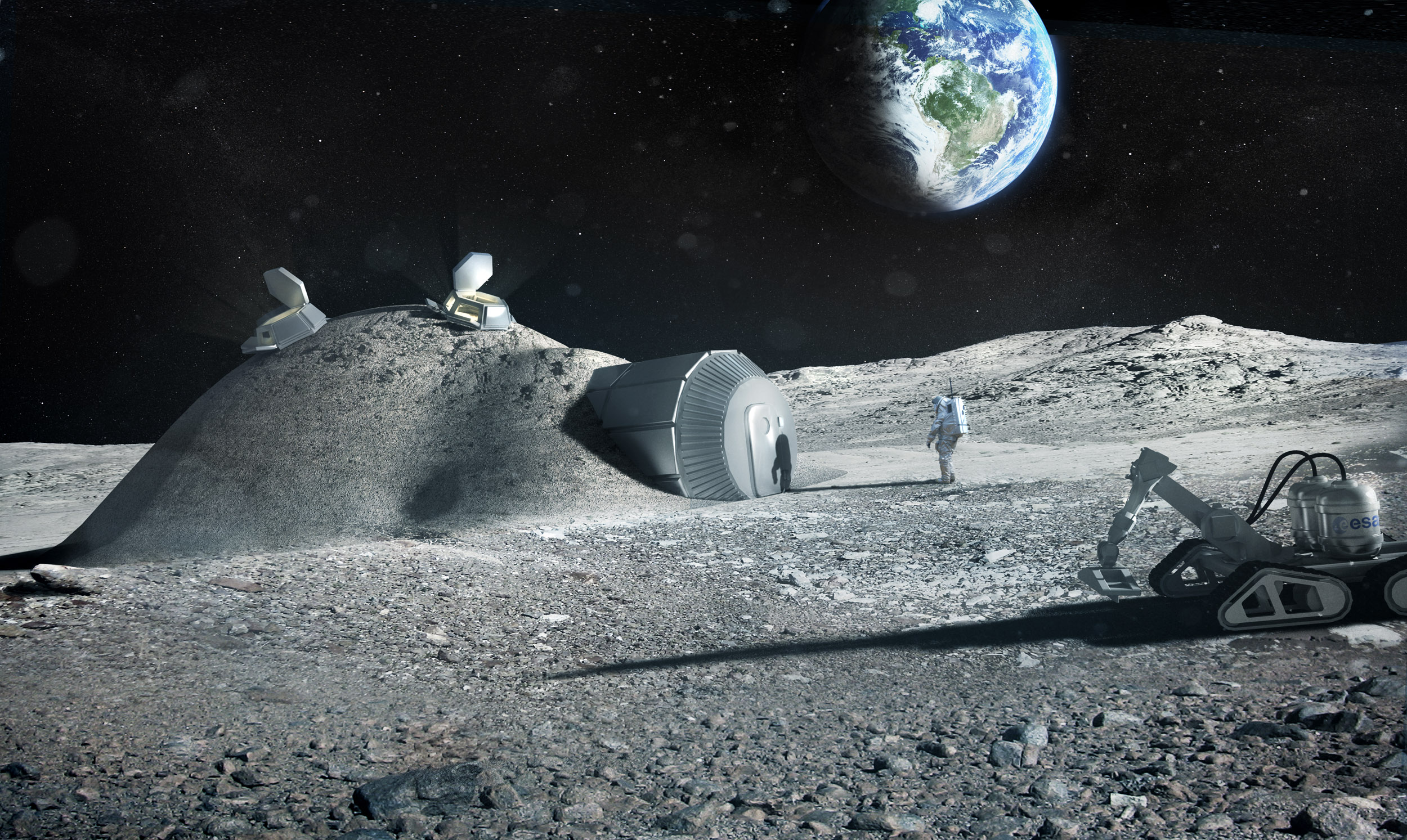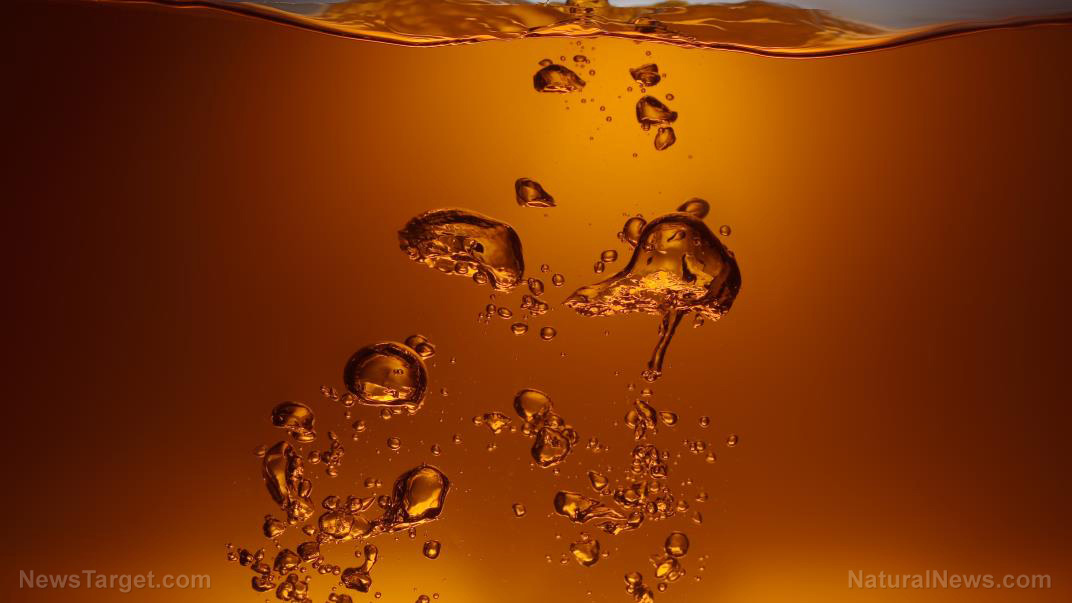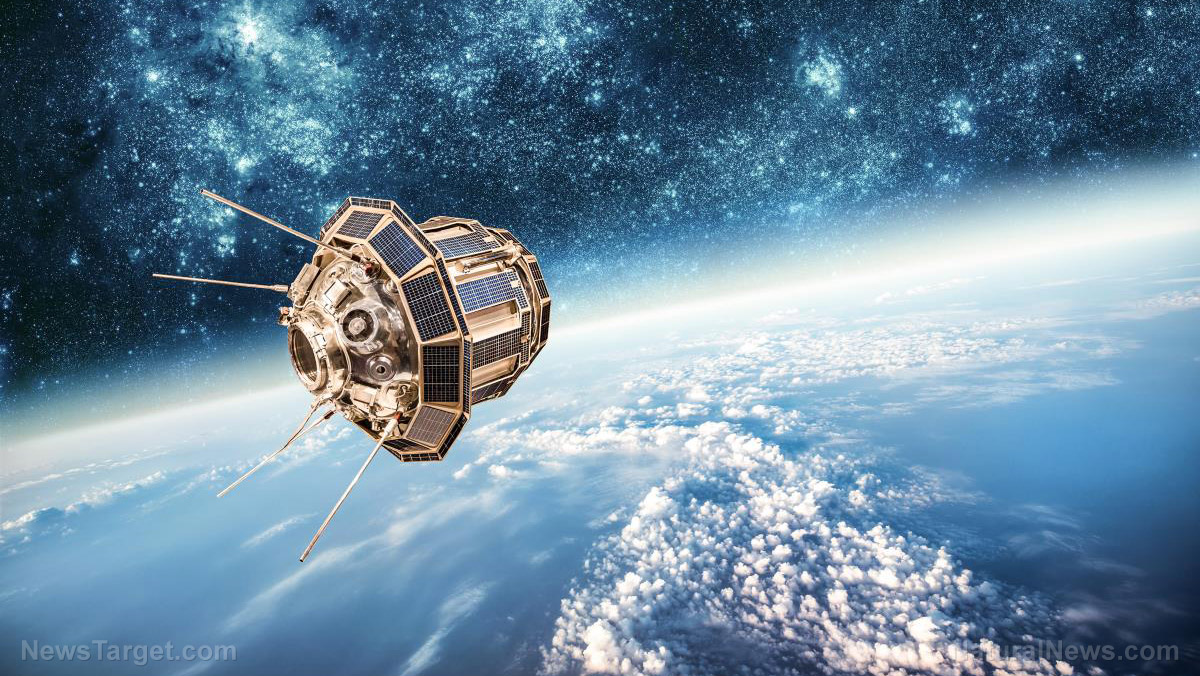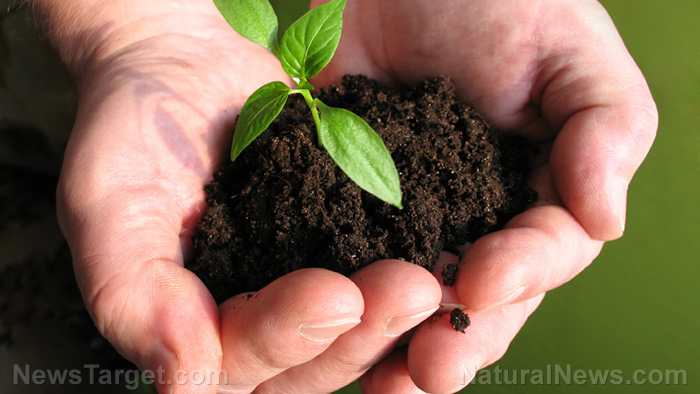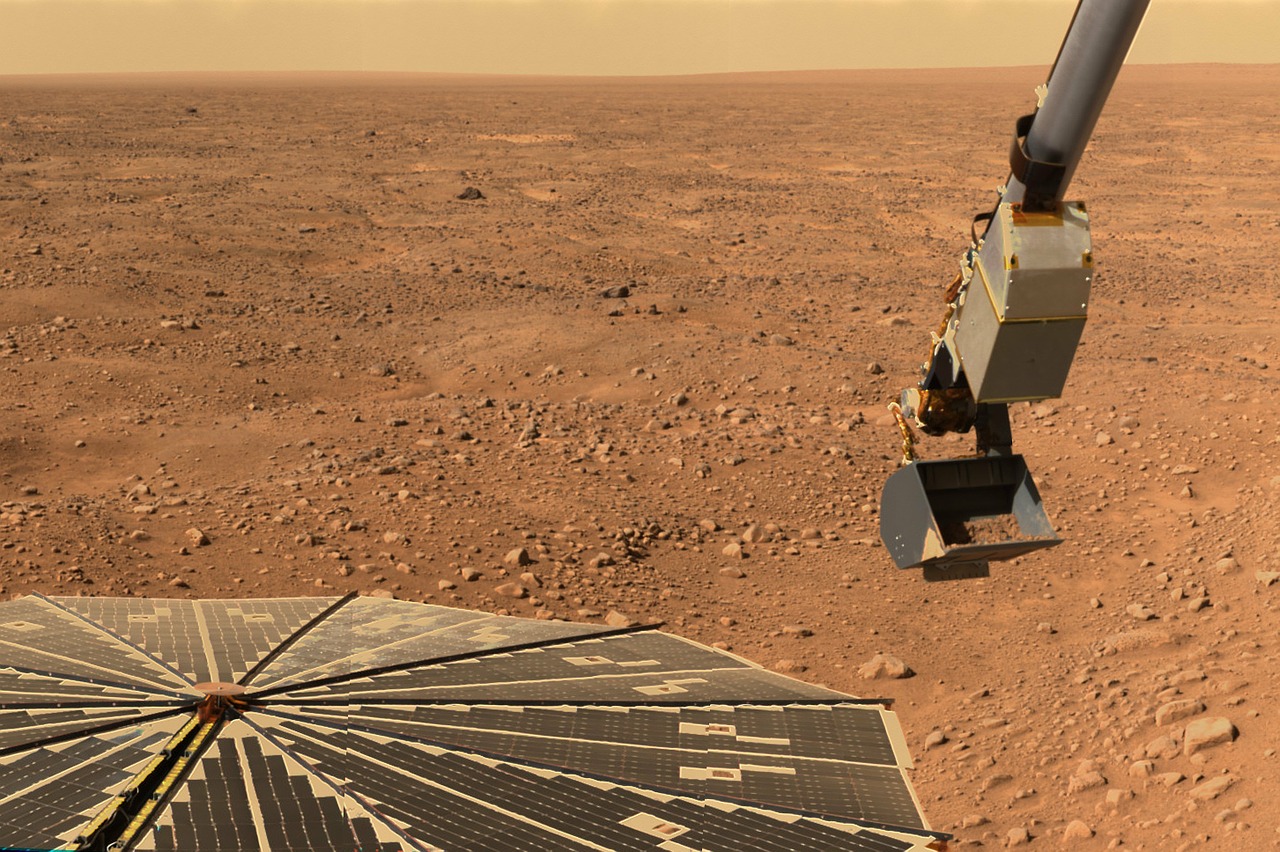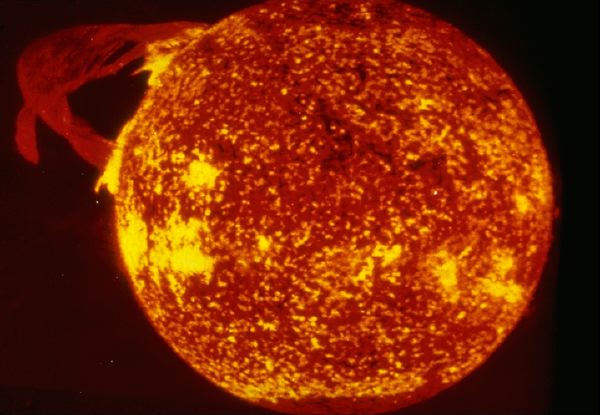Scientists now developing ways to turn human waste into plastic and nutrients… is this really our future?
08/29/2017 / By Russel Davis
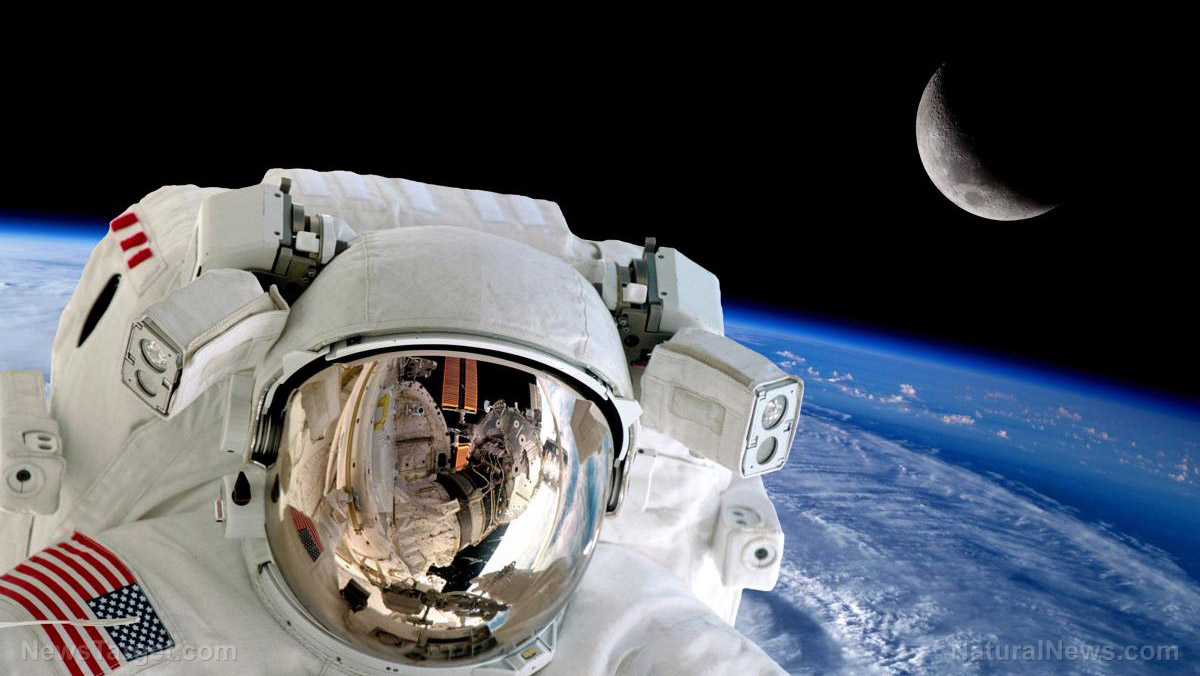
Researchers recently alluded that human waste such as urine and breath may one day make space travel more efficient for astronauts.
While the International Space Station has already started recycling human urine into clean drinking water for astronauts, lead researcher Mark Blenner stressed that space personnel should be able to produce nutrients and material they need during their long-term space travel.
According to Blenner, current transportation models do not have all the space needed to carry all the essentials and that certain nutrients, drugs, and materials may degrade over a period of three or more years.
To potentially address this, the experts developed a project that examined the possibility of using a yeast called Yarrowia lipolytica in producing key nutrients and even polyester polymers.
The research team also assessed the potential of human waste in cultivating various strains of the yeast. The urea within human urine was touted to provide nitrogen for the yeast. Meanwhile, the astronauts’ exhaled breath was inferred to provide the carbon dioxide requirements of the yeast. The experts also used an algae to convert the CO2 into a form that the yeast can process.
Promising results of the yeast experiment
According to the research team, one of the yeast strains was able to produce omega-3 fatty acids, which play an essential role in heart, eye, and brain health. Another strain was modified to produce monomers, which were intended to be linked together to make polyester polymers. The polyester polymers were slated for use in 3-D printing to create new plastic parts.
The research team continued to tweak this strain to generate a wide array of monomers that could be converted to various types of polyesters possessing different properties. The experts confirmed that the yeast strains so far produced only small amounts of polyesters or nutrients. However, they noted that they are working on the strains to boost output. (Related: Cryogenically Frozen Organisms Brought Back To Life By Scientists.)
“Capabilities in synthetic biology enable us to create different strains of yeast that can make a variety of different products. As far as products, we have demonstrated the proof of principle and can produce polyester plastics, but this work is still preliminary. We are not making large enough quantities for practical application yet. There is still a lot we don’t know about how yeast grow in microgravity, in a lower pressure atmosphere, or with higher background radiation levels,” Blenner told The Guardian.
“The only times we [currently] have astronauts living for long periods of time away from the Earth is on the International Space Station and of course that is relatively easy because you can frequently resupply that with consumables. I can’t help feeling in most cases it is a lot lighter just to carry the spares than a giant piece of machinery that produces a rather crappy piece of plastic that might not be the best for the tool in the first place,” said outside expert David Cullen.
The findings were presented at the 254th National Meeting & Exposition of the American Chemical Society.
You can read more stories like this on Space.news.
Sources include:
Tagged Under: astronauts, Chemistry, human waste, intergalatic travel, nutrition, recycling, Space, space travel, Urine

